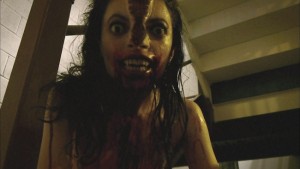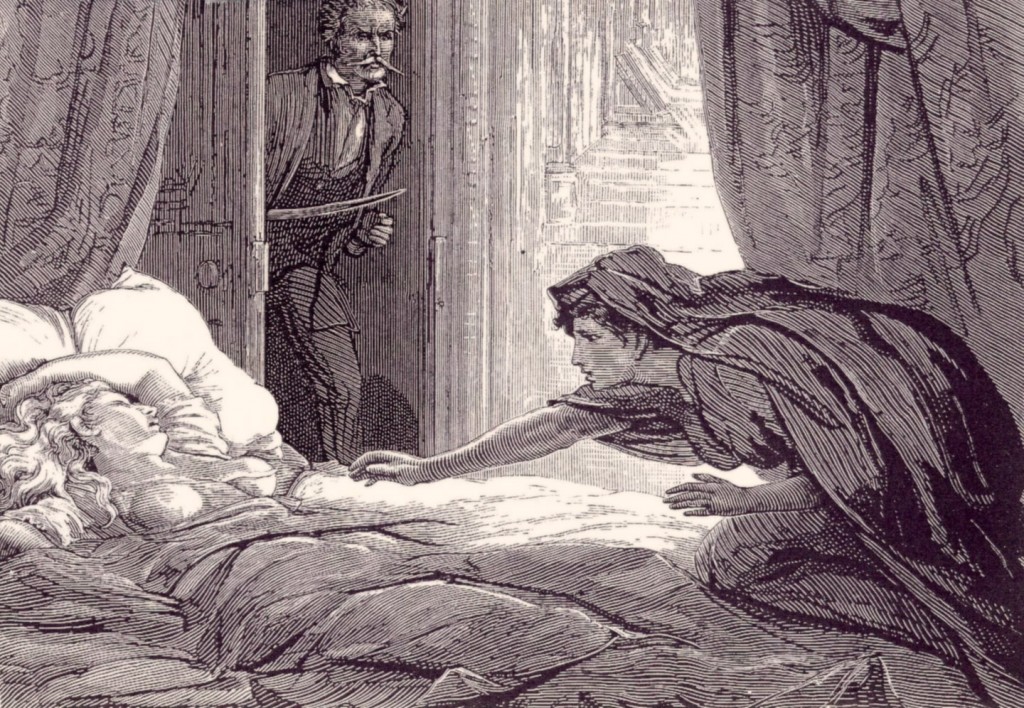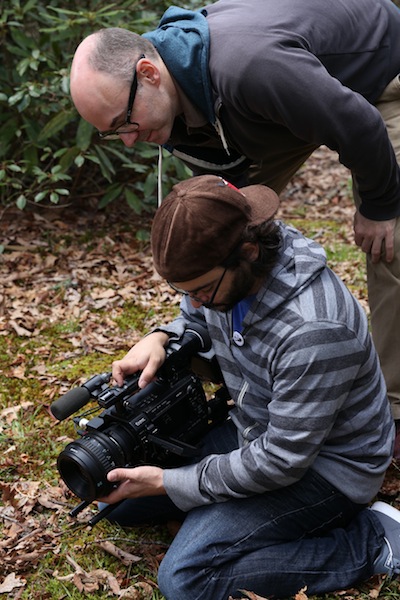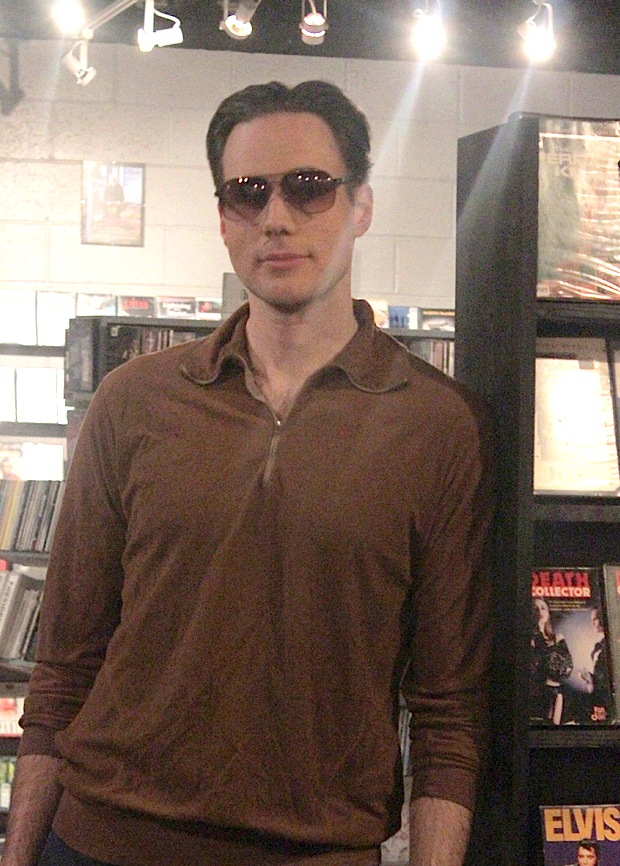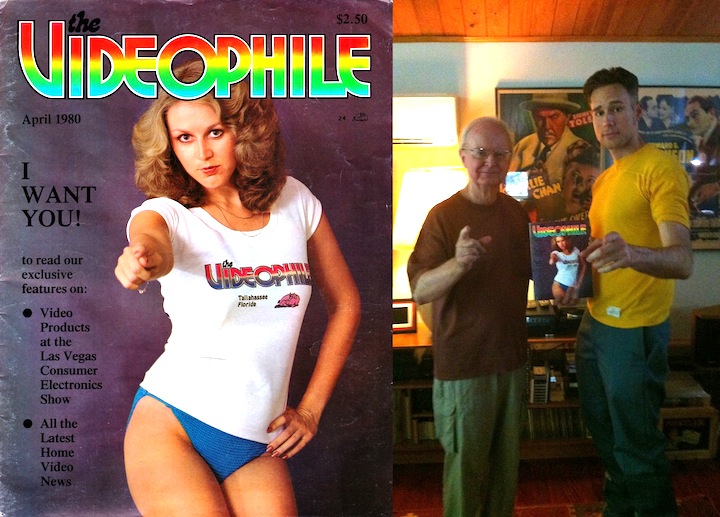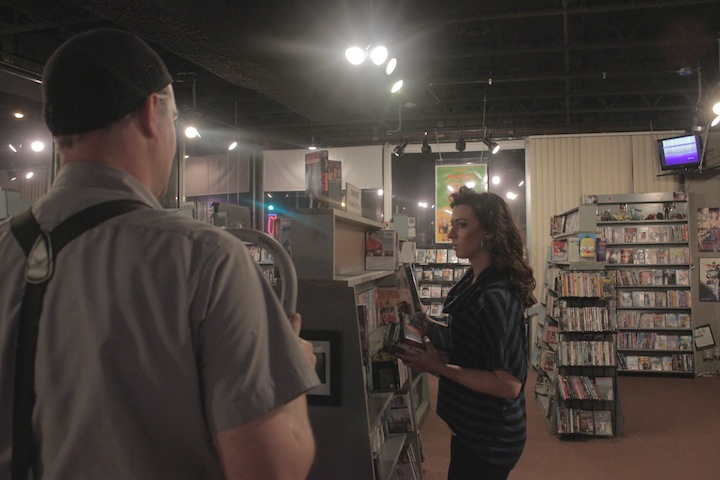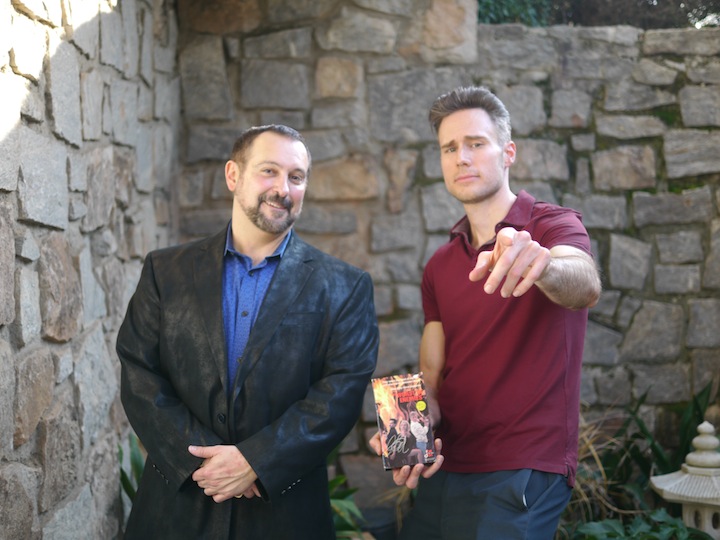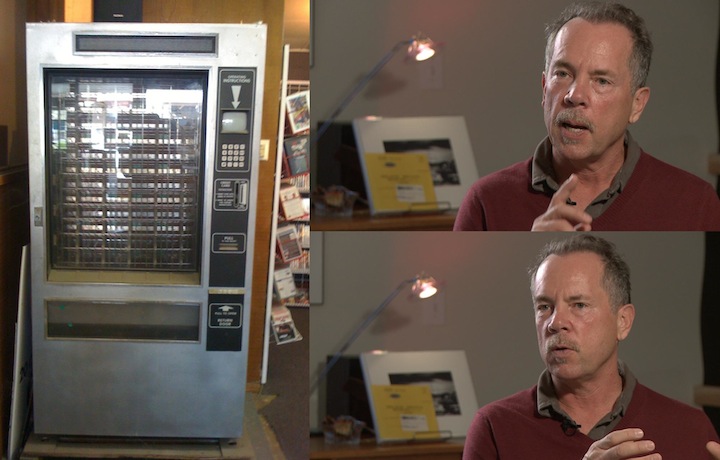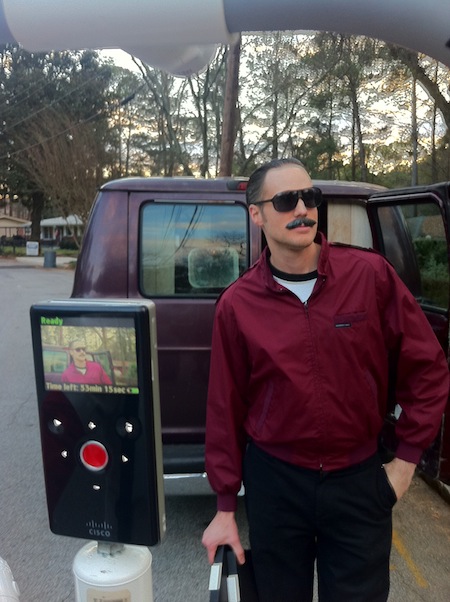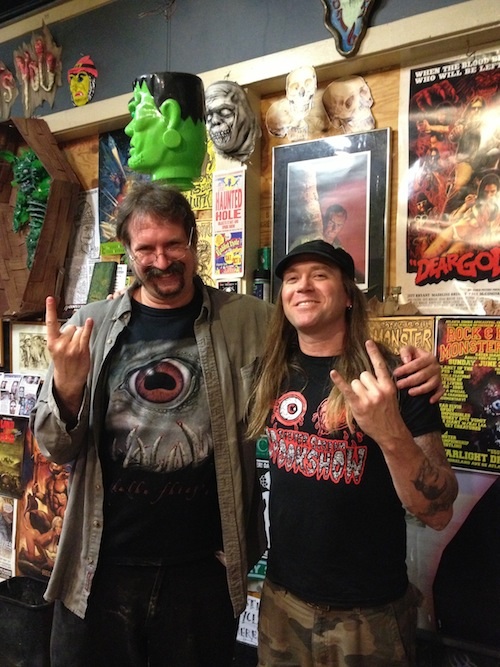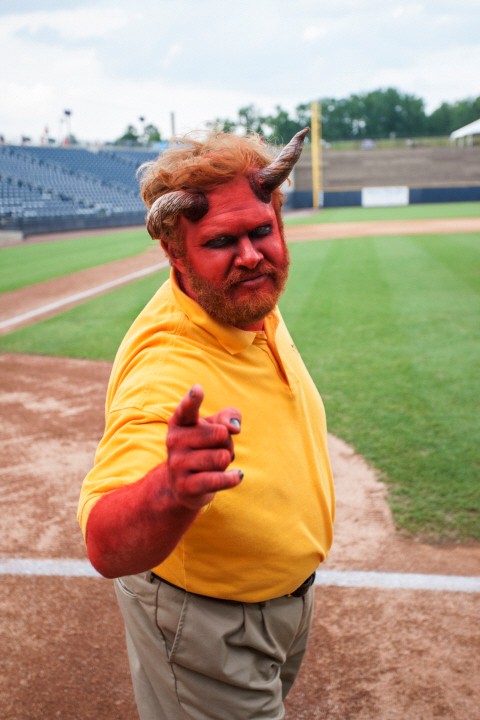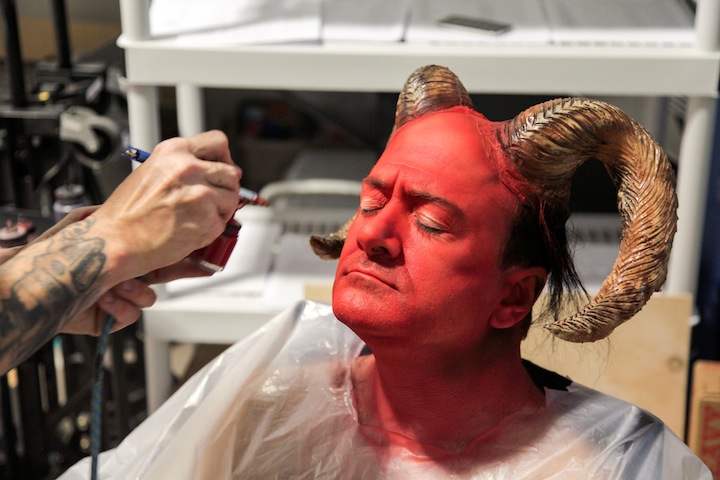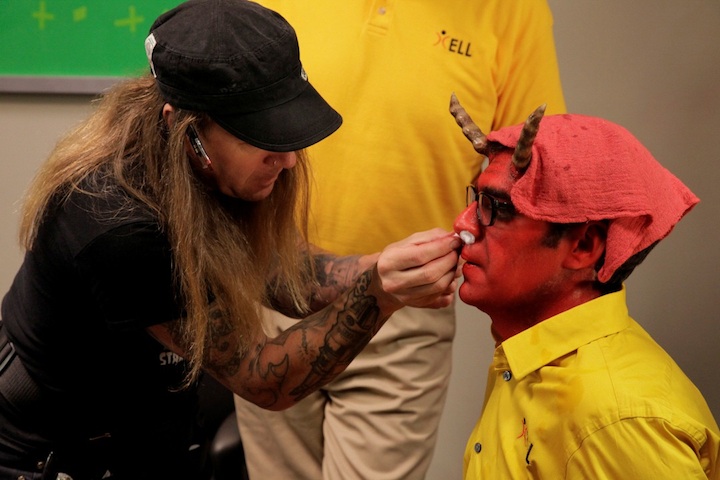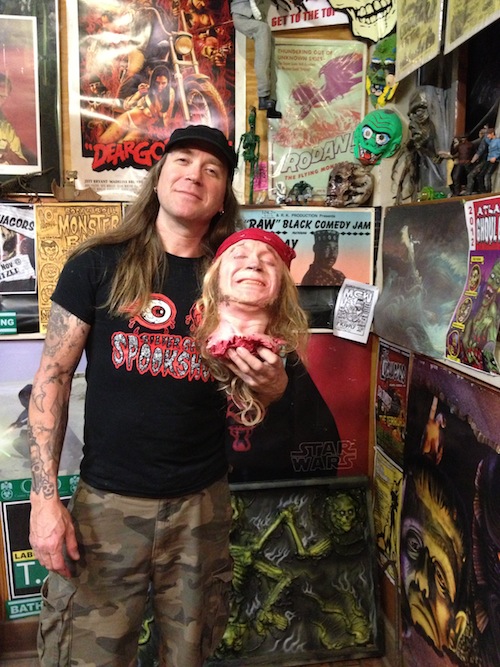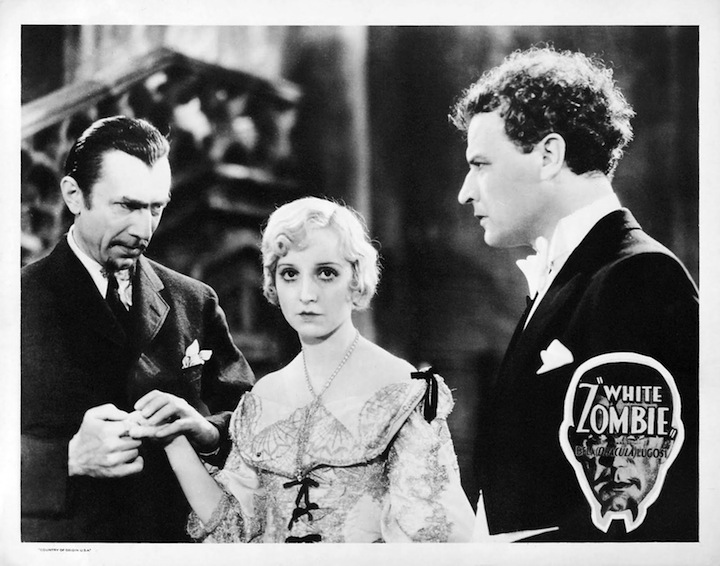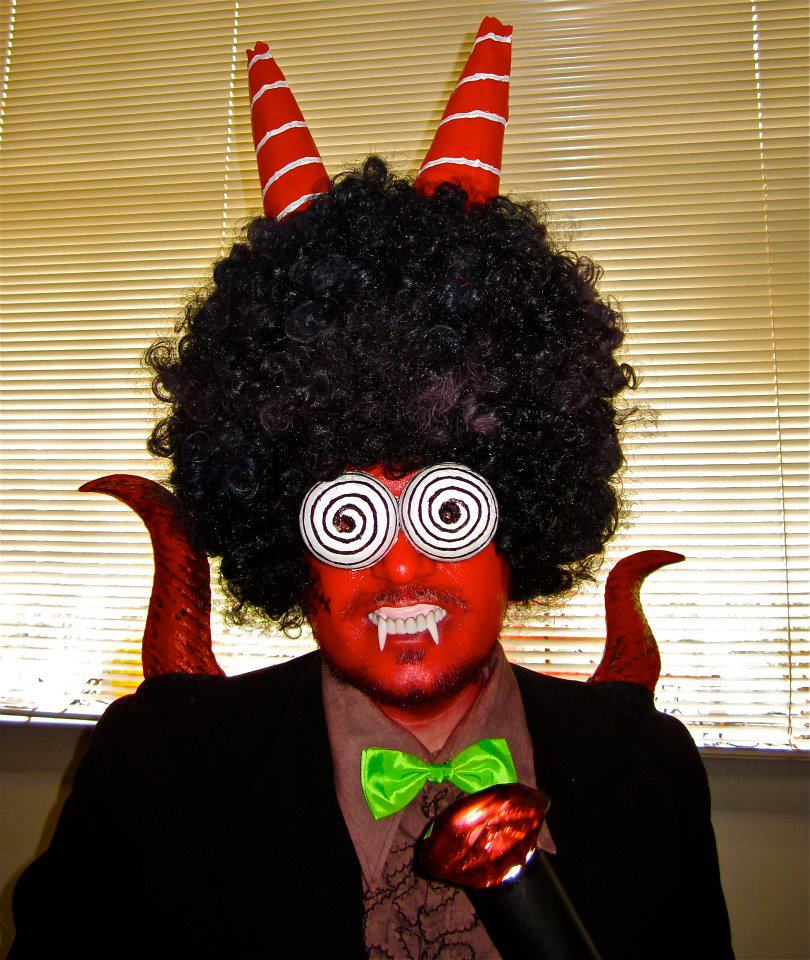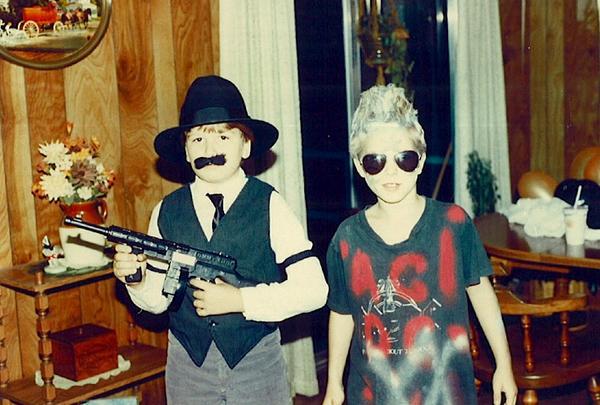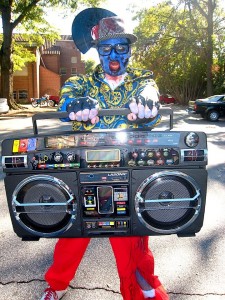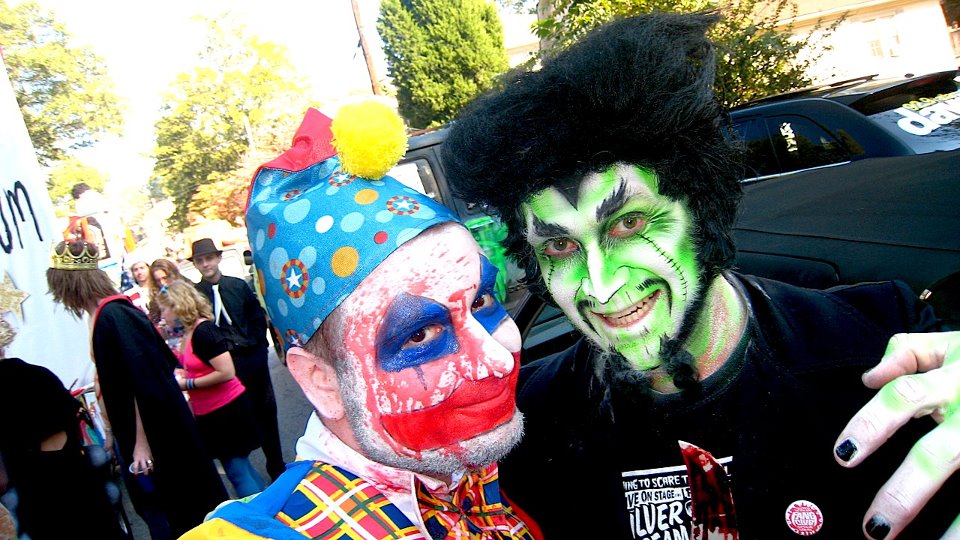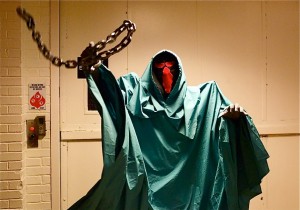by Melanie Crew
Managing Editor
Self-proclaimed “roving artist and makeshift film scholar” Bill Daniel is far from his various stomping grounds (Houston; San Fransisco; New York; Portland, etc.) and continues his nomadic journey touring the south and releasing upon Atlanta his “SFVHS: California Artists’ Video 1988-1999” event at Eyedrum Art & Music Gallery this Saturday, June 18 at 7:30pm. Daniel plans to screen a cornucopia of rare and “nearly forgotten” VHS video works he filmed in the ‘80s and ‘90s during the height of San Francisco’s highly politicized environmental and anti-warmongering protest era, followed by discussions about DIY artistic strategies, his time spent teaching at the revitalized Black Mountain School and the state of art education today. “SFVHS: California Artists’ Video 1988-1999” is curated by Daniel and hosted by Andy Ditzler [March 2011; see ATLRetro’s Kool Kat feature on Andy, here] of Film Love Atlanta. You won’t want to miss out on this exciting and rare opportunity to delve into the work of legendary experimental filmmaker, Bill Daniel.
Daniel, jack-of-all-creative-trades dove head first into everything from experimental documentary filmmaking to installation art to zine publishing and much more. He’s lived the dream of every DIY artist, being awarded grants from the Film Arts Foundation and Creative Capital to being granted residencies at the Yerba Buena Center for the Arts, the Headlands Center for the Arts and the Center for Land Use Interpretation. His films have also screened at film festivals across the world, including Viennale (Vienna International Film Festival) and The Portland Art Museum’s Northwest Film & Video Festival, where he took home the award for Best Documentary for his documentary short, SELECTIVE SERVICE SYSTEM STORY (1998). Daniel’s 2005 full-length “train-hopping graffiti doc” WHO IS BOZO TEXINO?, described by the Sacramento News & Review as, “a hypnotic, rail-rattling tone poem of subversive wayfarer wisdom,” submerged him into the land of “hobo jungles” and has made him the cream of the crop amongst today’s DIY visual artists and renegade nomadic filmmakers.
ATLRetro caught up with Bill Daniel for a quick interview about his VHS years; punk rock being the gateway to the subversive arts; his time spent with Artists’ Television Access (ATA); and more!
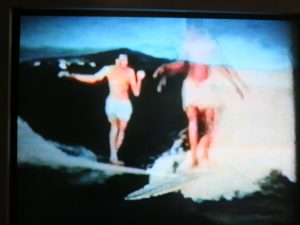
“Endless Endless Summer” (1988) – Bill Daniel
ATLRetro: As a filmmaker in the field, we’re sure you’re quite aware that despite the technological boom that’s engulfed this generation, VHS has begun its own interesting resurgence (the viewing more-so than the filming), even if just among film addicts and history buffs. What do you think it is that draws people to the nostalgia that is VHS?
Bill Daniel: VHS is a glowy soft and fuzzy picture machine in a world of hard and sharp picture machines. Half-inch magnetic tape, passing across a spinning video head that reads an analog electronic pulse and then shoots tiny bursts of light onto a vacuum tube in the shape of a viewing screen—it’s a time machine that lets us look into the past with 20th century eyes. We are like bugs drawn to this weird enchanted light blob that functions as part of our memory.
Can you tell our readers a little about San Francisco’s Mission District Collective Artist’s Television Access, where your VHS tapes originally screened?
ATA was started in the mid-80s by a small group of friends as a low-cost video editing spot and a performance and media gallery. A weekly cable access show of artists’ work was produced and broadcast on the local cable channel, which was pretty wild—some really kooky and radical stuff that was kinda snuck into the list of program channels. I imagined how weird it must have been when unsuspecting channel surfers stumbled onto the ATA show!
Over the years ATA evolved, and amazingly endured. We survived multiple real estate booms and busts. The funky old storefront at the corner of Valencia St. and 21st is now a little island of weirdos in a roiling sea of hyper gentrification. There’s still a core community of people left in SF who are participants at ATA, so it’s like a safe house meeting place for survivors in a tech-money culture war.
In the early ‘80s, you photographed Texas punk shows and the punk scene in general. What drew you to that landscape and what you were trying to garner from that period of your life?
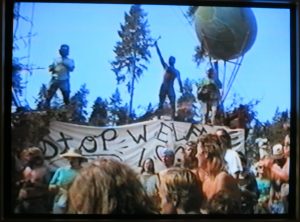
“Redwood Report” (1990) Greta Snider and Bill Daniel
Going to punk shows in Austin was my first exposure to any sort of subversive art and community. You know the story: punk rock as the gateway drug to the world of art and ideas. It’s a corny thing to say, but it’s true! I know that for a ton of people, all over the country and for decades now, punk shows were a first encounter with radical possibilities.
Who would you say are your biggest artistic influences? And why?
Well, especially in the context of this show of San Francisco video, one of my greatest influences and mentors is filmmaker Craig Baldwin, who has been at the core of ATA Gallery for 30 years. Craig lives in the space, has a crazy archive/editing zone in the basement, and has been programming film shows on Saturday nights there for three decades. His film series there, called “Other Cinema”, was pretty much my film education. Most of the videos I’ll be showing at the Eyedrum show screened in Craig’s weekly shows.
Can you tell our readers a little about the Black Mountain School Program and why these kinds of programs are important in the community?
Oh wow, too much to tell! Yeah, I’m just coming back from a month-long immersive experiment in art education and community. This was the first year of this project which aimed to start an alternative to teaching and learning art at the site of the original Black Mountain College. I’ll definitely be talking about this at the Eyedrum screening, and I’ll talk about the two classes I taught (a lecture about DIY touring strategies for media artists, and a workshop on no-budget b/w photography called Junk Camera). I hope people at the Eyedrum show will be down to have a discussion about what’s going on in arts education these days. You know, the whole cost/debt/administratively screwed up state of the art school deal. Everyone knows it’s time to start building new forms and structures and possibilities for change in how we share art-making skills and dialog.
As you tour the south with your SFVHS: California Artists’ Video 1988-1999 event, what kind of feedback are you getting from your audience? How does the current feedback differ from the feedback you received when the tapes first aired?
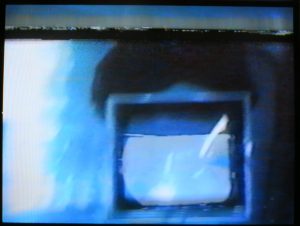
“Thought Crimes in the Satiation Pool” – Barney Haynes and Barry Schwartz
Well it’s pretty shocking to realize how long ago 1990 was. Haha! People have been digging this program, being able to see videos that are impossible to find now. The “EARTH FIRST!” tape is a real relic— hippies going wild wrecking logging machinery and bringing crucial issues of ecological and economic sustainability to light— but it also harkens to the Occupy movement, so I think there’s some lessons in these things.
Are there any filmmakers today (experimental and/or narrative) that you find intriguing?
There’s a new burst of life in experimental filmmaking these days. Actually, maybe two bursts. One is coming out of the academic side, since there’s been a big growth of experimental film teaching in the universities and so by now there’s a new crop of radical filmmakers who are professors and who are making progressive work and inspiring another generation. On the other side there are some thriving new non-institutional situations that are making and showing experimental work. There’s Mono No Aware in New York that does regular screenings and is running a lab to do experimental film processing; seems like there is a whole community building up around their facility and shows. In Oakland there’s Black Hole Cinema which is about as punk as a film scene there is. I dearly love that venue and the filmmaker who runs it, Tooth, who has been making brilliant and raw films, very much in the wild energy of the ‘60s/’70s days of 16mm.
Can you offer any advice to our readers about film, personal expression, and creativity?
I can relay something that was affirmed at a lecture I attended here at Black Mountain. Tim Kerr who is a painter and rad musician (was a member of the legendary Texas punk bands The Big Boys and the Lord High Fixers and a bunch of others) came up to the school to talk about his experiences through decades of DIY art and music culture and how the community of touring punk bands evolved. So one thing Tim has always said, painted, conveyed is “all self-expression is valid.” It’s such a simple statement, but it’s an idea to never lose sight of. Thanks Tim Kerr!
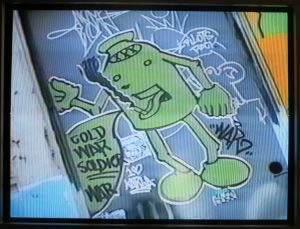
“Clarion Alley Mural Project”
What’s next for Bill Daniel?
I’m feeling incredibly regenerated and reaffirmed coming out of this month at Black Mountain School. I see that teaching is becoming a bigger part of my work as an artist. I’m not going to go back to school to get an MFA so I can become a professor, but I’m looking at ways that teaching can fit into my own practice. So these two classes I taught up here— touring strategies and black and white photography— I’m just going to smash these two things together and start touring with a photography workshop: Vagabond Photography College in a van.
Photos courtesy of Bill Daniel and used with permission.

 SIREN (2016); Dir. Gregg Bishop; Starring Hannah Fierman, Chase Williamson; Justin Welborn; IMDB link
SIREN (2016); Dir. Gregg Bishop; Starring Hannah Fierman, Chase Williamson; Justin Welborn; IMDB link 